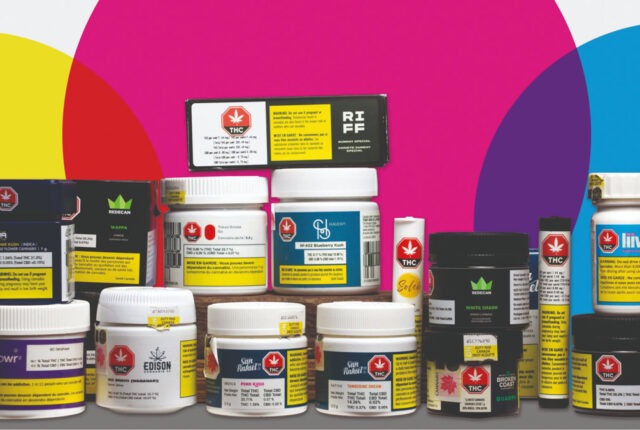With the Paris environmental conference (COP21) in full swing this week, environmental awareness is at a peak. The subject matter is complex, but the take away is simple. Everyone must contribute to helping making the planet a better place to live in.
Packaging plays a significant role in this huge undertaking. It keeps food fresh and makes it last longer. It allows critical delivery of water and medication to developing countries. But it also contributes to vast amounts of pollution in countries where waste management can’t be a high priority. Packaging can also create an environmental backlash in developed countries, where recycling always seems a step behind packaging technology. Many flexible packagings for example, have shown to be un-separable and therefore unrecyclable.
Packaging shoulders a big responsibility towards the betterment of the environment. Do you feel that responsibility as a manufacturer? You should as consumer expectations are growing. According to a Nielsen study released in 2014, 55% of global online consumers across 60 countries are willing to pay more for products and services provided by companies that are committed to positive social and environmental impact. Eco-friendly packaging makes a difference.
So where to start? As always, start with design.
Create products that are easy to recover
Build an ergonomic design with clearly labelled parts and simple instructions. This will allow the user to easily separate the packaging for recycling purposes. Even the labels themselves can be recyclable. Here at IMS we carry such a line of identification products.
Phase out plastics that cannot be recycled
PVCs (polyvinyl chloride), for example are rarely recycled and contain chlorine. They can release highly dangerous dioxins. PS (polystyrene), such as used in packing ‘’peanuts’’ is still too difficult to recycle and can leach toxins into the environment. For eco-friendly packaging, use plastics that are widely recycled such as HDPE (high density polyethylene), and PET (Polyethylene terephthalate) for example.
Consider substituting or ‘’dropping in’’ bioplastics
Even better, consider ‘’drop in’’ bioplastics. These plastics are sourced from biomass, and not petroleum based products. They are more costly to use but remember, most consumers are willing to pay that extra premium for eco-responsible purchases, so long as it is clearly labelled as such on your packaging. According to a study by Allied Market Research, Bio-PET 30 is the most likely type to dominate the bioplastics market in the coming years, as it delivers the same performance as conventional PET.
Consult with product identification experts
Properly labelling the materials for end user recyclability, certification or even within your manufacturing process, is vitally important. Make sure you consult with packaging identification experts such as those here at IMS, to get a proper handle on your eco-friendly packaging identification project
Although it may not follow conventional logic to willingly increase your production costs, consumer scrutiny of the eco-friendliness of your packaging is likely to intensify in the coming years. More than ever, your packaging’s sustainability is important for your growth.







